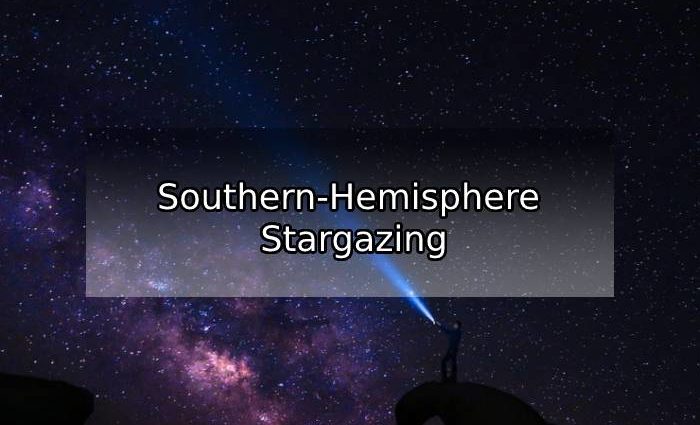You’ll be able to see some of the most amazing objects in the sky if you’re in the southern hemisphere, many of which are never visible in the northern hemisphere.
Table of Contents
Rethinking Sky Motions
The sky travels in the opposite direction in the southern hemisphere as in the northern hemisphere: the stars appear to spin clockwise around the south celestial pole. The North Star marks the north celestial pole, but there is no visible star on the south celestial pole, making it a little more difficult to detect due south than due north.
Southern Stars and Constellations
If you’re stargazing for the first night in the southern hemisphere, you might be astonished to see the Moon and several classic constellations inverted. For example, Orion appears to be standing on his head. You’ll also have the opportunity to see stars and constellations that you haven’t seen before, such as:
- Crux (Southern Cross): The Southern Cross is the most well-known constellation in the southern sky, and its four stars are close together, giving it the appearance of a kite. To find the south celestial pole, draw an imaginary line from the top of the cross to the bottom, and extend it about 30 degrees (for more information, see How to Get Oriented in the Night Sky). You’ll be in the general location of the south celestial pole.
- The Pointers: Alpha Centauri (which is actually a triple star system, with its three stars being the nearest stars to the Earth) and Beta Centauri are two exceptionally bright stars. Draw an imaginary line linking the Pointers and another line that passes perpendicularly through the middle of this line to reach the south celestial pole. The south celestial pole is roughly where this second line joins a line drawn along the long axis of the Southern Cross.
You can also locate many more objects in the southern hemisphere by using a planisphere (see Stargazing Tools).
Magellanic Clouds

On a clear night, the beautiful Magellanic Clouds are plainly seen with the naked eye. They appear to be two little wispy clouds (one brighter and larger than the other), but they are dwarf galaxies orbiting our own Milky Way. Both clouds are several times larger than the full Moon in the sky, and you can estimate their astonishing sizes with your palm (see How to Get Oriented in the Night Sky). The Large Magellanic Cloud is around 10° long, while the Small Magellanic Cloud is about 5° long. The greatest time to see them is in January.



Comments are closed, but trackbacks and pingbacks are open.